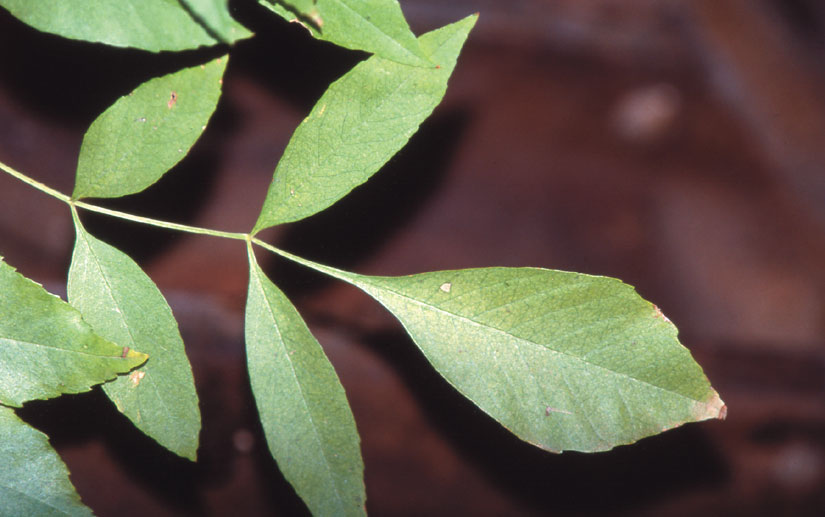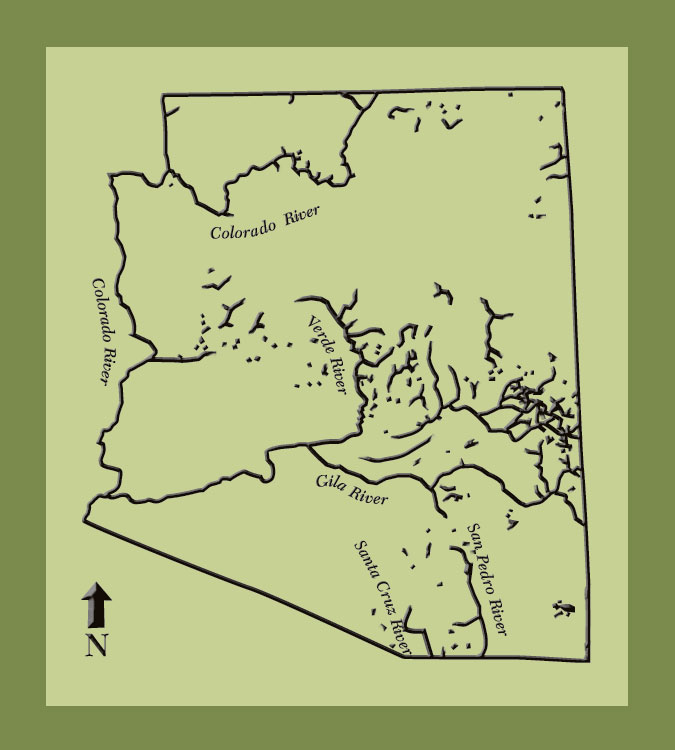
Riparian areas
The term “riparian” is defined as vegetation, habitats, or ecosystems that are associated with bodies of water (streams or lakes) or are dependent upon the existence of perennial, intermittent, or ephemeral surface water or water drainage.
More simply, riparian areas are the green ribbon of trees, shrubs, and other herbaceous plants growing along a water course. The places where we like to picnic under the shade of cottonwood trees along sandy riverbeds, and the stream edges with dragonflies and tadpoles are features we enjoy.
Where can we find riparian areas?
Riparian areas are found at every elevation from the desert floor to the highest mountain tops. They differ from the surrounding drier habitats by having more lush dense vegetation because of the presence of water. Because of this vegetation they are noisier because of the habitat they provide to more living creatures such as insects, frogs, and birds.
Look for places where water flows or collects when it rains. In the desert from the top of a mountain, you can see ribbons of green vegetation that grow at the bottom of canyons and along desert washes.


Riparian habitat provides:
- Shadier, cooler, moister habitats.
- A wide diversity of wildlife.
- Elements of survival (food, water, shelter).
- Travel corridors.
- Improved water quality and quantity.